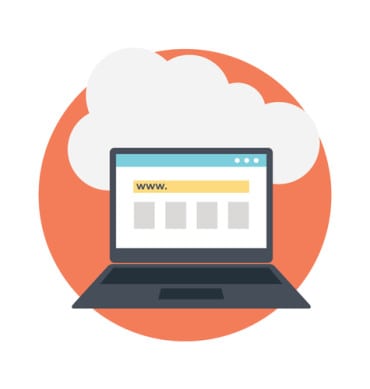
What we need from our BI tools today goes far beyond what dashboards can provide. However, with its decline comes a promising new age of analytics.
The demise of the dashboard is not a literal obituary for the most popular business intelligence tool of the last 30 years, but a shared realization that dashboards aren’t the only or best way to communicate important data and facilitate data-led decisions. As organizations demand more from their analytics, a new wave of augmented, automated, and modern analytics tools are emerging that address these gaps and deliver deeper insights for everyone.
First thing’s first. Dashboards aren’t going anywhere. They’ve just reached their limit.
The days of relying on dashboards as our primary source of business intelligence (BI) and data about our business are done.
The traditional BI workflow of visual, point-and-click exploration of predefined dashboards is being superseded by modernized BI platforms that combine the latest automated technologies and design tools to tell easily consumable data stories and deeper insights for all users – not just analysts.
To our surprise, we’re only hearing about the ‘demise’ of the dashboard now – we’ve been saying it for years. The problem is there are discrepancies in exactly what this means for BI.
See also: Technology Up-Leveling for Better Business Value
What does the ‘demise’ of the dashboard mean?
The demise of the dashboard isn’t so much a grand obituary for what has been an important tool for business for over 30 years. Instead, it’s about the demise of dashboards as the only way – or the best way – to communicate critical data.
Once upon a time, when people thought about communicating data to the business, building a dashboard was the first and only option that came to mind. Most people didn’t think differently, as there was no logical alternative.
The original concept described dashboards as executive information systems (EIS), neat graphical displays with simplified user interfaces meant to be used by CEOs and the C-Suite.
They were designed to put an entire business’s performance on a single page to glance at.
Dashboards are very good at consolidating specific metrics into easily accessible and consumable overviews. Its high-level summaries and rich visualizations brought a closer look into the performance of the whole business to everyone, rather than be isolated to a select few.
But expectations for the depth of insights dashboards provide have been inflated by both vendors and the companies that adopt them, as they became associated as the answer for all information communication in a business, rather than the specific role it was designed for.
Today, businesses are more complex than what can be presented in a one-page overview. You can put a set of metrics on a screen, and people can ask for it, but no matter how interesting, clever, or appealing the graphs look, it can’t really provide deeper, actionable insights.
Its demise, then, is more about a new mindset – a shared awareness among organizations realizing that what’s possible with dashboards now is as good as it’s going to get.
Why are dashboards on the decline for business intelligence?
Dashboards are effective at an operational level for fast-moving data looked at daily or weekly (server monitoring, production lines) – but if it’s monthly or quarterly trends, people want to know what’s happening and why – the details behind the numbers – which is beyond what dashboards can do. This limitation has seen demand for new capability and other sophisticated tools arise.
Eckerson Group found BI tools have failed to penetrate more than 25% of the average organization in 2020. Within that 25%, most users use dashboards once or twice a week and said they’d prefer BI that alerts and generates relevant insights for them instead of having to manually scan for changes. They want more context behind the numbers presented to them.
Many of these trends relate to the volume and complexity of data every business accumulates. Data is continuously growing. Building dashboards to keep track of all metrics, as a manual task, is impossible and insufficient, both from an organizational and value perspective.
The good thing is these limitations have seen a new wave of analytical solutions arise.
The new age of data: Business Analytics 2.0
Today, automated, consumerized, and intelligent analytics experiences – embedded tools that include AI, natural language querying, and personalized alerts and insights – are enhancing the visual-based, point-and-click report style of the dashboard model (and beyond) significantly.
Modern BI solutions leverage new technologies, such as augmented analytics, automated business monitoring, and contextual analytics, to make data exploration and insight discovery as widely accessible for the average business user as possible, reducing time-to-insight while significantly improving existing dashboard designs – into one embedded analytics platform.
New, powerful avenues for data storytelling are also on the rise, bringing narrative to numbers, whether through integrated presentations with the same rich visualizations as our dashboards.
According to Gartner’s Top 10 Trends in Data and Analytics for 2020, data storytelling will be the most widespread method of BI in less than five years, and 75% of data stories will be automatically generated using augmented techniques – making it important to prepare now.
In short, now is the best time to look beyond just dashboards for your BI.
The demise of the dashboard: Next steps for better BI
The reality is analytics is multi-faceted. There is no ‘one size fits all’ way of consuming data.
If you build your BI strategy around a single way (dashboards) of interacting with and consuming data, you will limit your insight potential. You either need to be thinking about buying multiple analytics tools to fill the gaps in your process or finding a vendor that does it all in one.




























